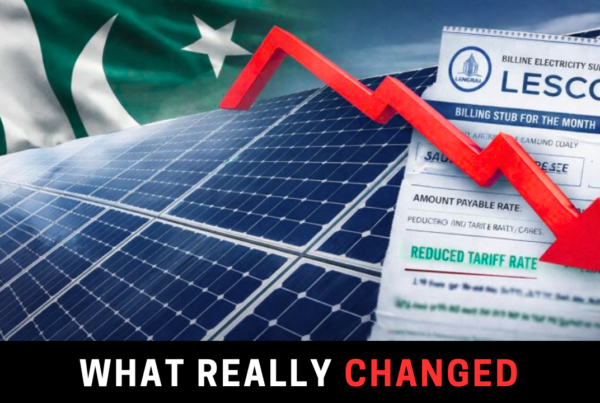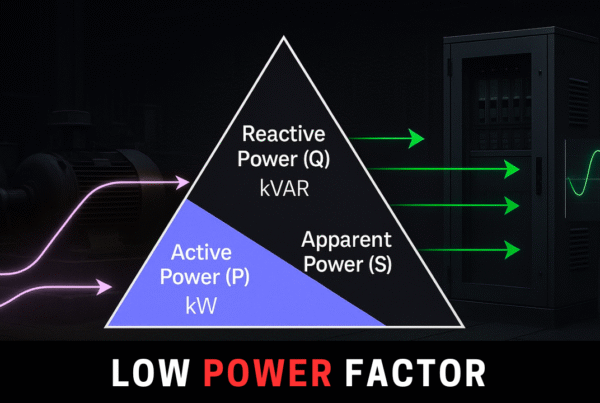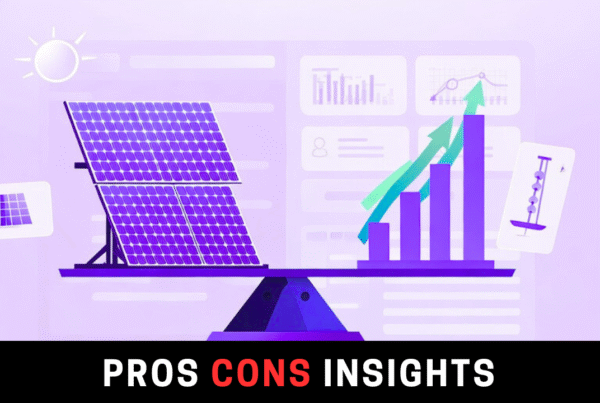Hydrogen cars are making waves in the quest for eco-friendly transport. With features like air purification, zero-emission water vapor output, and quick 5-minute refuels, they’re redefining what clean driving could look like. But how do they stack up against traditional internal combustion engines (ICE) and battery electric vehicles (BEVs)?
Key Features of Hydrogen-Powered Cars
- Air Purification: The car can clean 449,100 liters of air daily, akin to what 33 people breathe, using innovative fuel cell tech that also filters air.
- Efficiency: You can drive up to 900 km (559 miles) on a full tank, matching or beating many ICE and electric cars.
- Emissions: Only water vapor is emitted, offering a cleaner option compared to BEVs, which might rely on fossil fuel-generated electricity.
- Quick Refueling: Refueling takes just 5 minutes, much quicker than BEV charging.
Benefits and Challenges
Hydrogen Cars:
Benefits: Long range, quick refueling, and positive environmental impact on air quality.
Challenges: Expensive hydrogen production, scarce refueling stations, and inefficiencies in hydrogen creation.
Battery EVs:
Benefits: High energy efficiency, well-developed charging networks, and low operational costs.
Challenges: Lengthy charging times, dependency on scarce materials for batteries, and reliance on the power grid.
ICE Vehicles:
Benefits: Widespread infrastructure, lower initial vehicle cost.
Challenges: Significant emissions, environmental harm, and increasing fuel prices.
The Bigger Question
Can hydrogen vehicles lead the green transport revolution, or will electric vehicles take the lead? As we aim for zero emissions, is there a role for hydrogen alongside BEVs, or will infrastructure issues hinder its widespread adoption?













